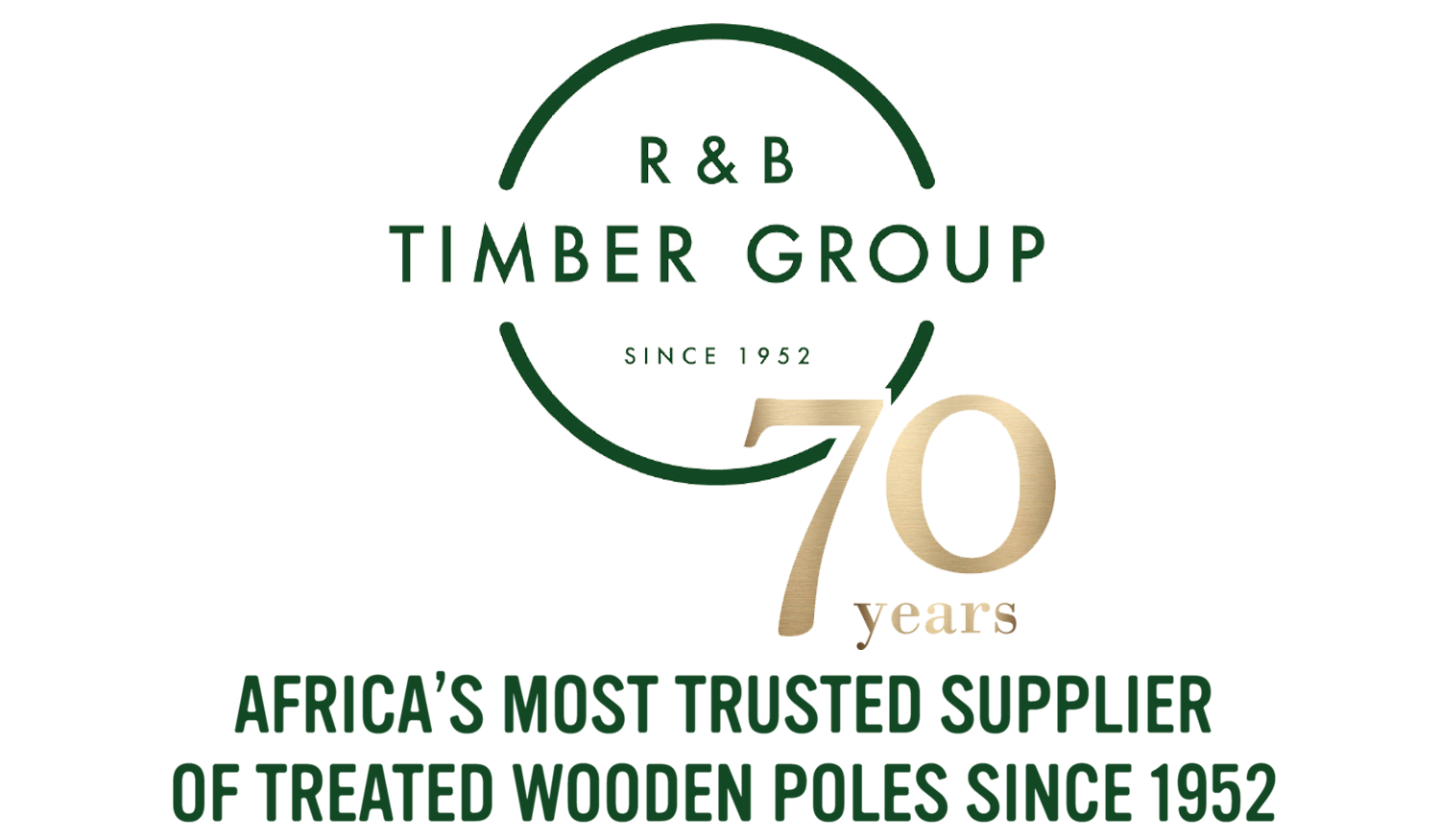THE ADVANTAGES OF USING PRESSURE TREATED WOOD
Wood has been used for construction for centuries, and is not only an ideal renewable resource but, in the right care, can last for many years - ensuring structural stability and longevity.
However, wood can require a great deal of maintenance to preserve against pests and natural elements - and for this reason, pressure-treated wood has been used around the world to protect installations, reduce the risk of collapse or deterioration due to pests or infestations, and serve as a cost-effective way to build new structures.
Pressure-treated wood is further vital when constructing installations in challenging or wet environments, as its properties provide it with innate resistance against common pests or environmental hazards that might otherwise, over time, destroy a structure.
Among the many benefits of pressure-treated wood, these five have proven the most popular:
Moisture resistance
Untreated wood, when exposed to moist or humid environments, will quickly soften and encourage the growth of fungus or bacteria - which, in turn, can cause the wood in question to rapidly decay and decompose.
Naturally, this can compromise the efficacy of any wooden installation - which is why pressure-treated wood has been specifically developed to combat this.
Pressure-treated wood leverages natural biocides, which will destroy fungal or bacteria infestations and prevent their future growth. This means that pressure-treated wood can be used in applications where natural wood might quickly perish - such as next to (or in some cases, within) waterbodies.
In that light, pressure-treated woods are commonly used when constructing water-borne bodies and are commonly used when installing or refurbishing a jetty.
Insect resistance
Around the world, insects are common pests and can pose serious threats to wooden construction. Many are capable of boring through wood, which can cause serious risks to structural stability or hygiene.
Pressure-treated wood contains compounds which can discourage insect infestations and can, on-demand, be treated with further additives to specifically resist certain kinds of insects such as cockroaches or spiders.
A significant benefit of coupling pressure-treated wood construction with other materials - such as brick and mortar - is that using pressure-treated wood on supporting columns, beams, trusses, or other installations can reduce the risk of insects permeating the rest of a structure and potentially causing damage elsewhere.
In South Africa, investing in pressure-treated timber is useful when obtaining a Beetle Infestation Clearance Certificate, which ensures that property sellers are required, by law, to ensure that timber in their dwelling has not been infested with wood-boring insects.
Fire retardant
Untreated wood can pose serious fire risks, and if set alight can cause severe damage. However, pressure-treated woods can include fire-retardant chemicals that, when added to timber, reduce the risk of wood catching alight in the first instance.
For this reason, pressure-treated wood has proved a popular choice when constructing areas or structures where fire risk could potentially compromise a building - such as near a fireplace. Popular products - such as fire-retardant plywood - can also be used to make firewalls in semi-attached properties where flames may spread from one building to another.
Longevity
Pressure-treated lumber is specifically designed to last longer in hazardous environments compared to natural timber. Given its anti-fungal, bacterial, and fire-retardent properties, pressure-treated wood is ideal for many structures and construction uses which may expose typical timber to atrophying conditions.
Given its makeup, pressure-treated wood is also far denser compared to natural wood products, giving it additional strength - meaning that it can withstand far more stresses than ‘normal’ installations might.
Further, pressure-treated wood is additionally resistant to oxidization - meaning that it can potentially prove more useful in certain environments than other materials, such as steel, where, thanks to the ability it can be resized, transported, and set into place easily, it can serve to speed up construction times.
What kinds of pressure treatments are there?
Creosote
Creosote is the most widely used wood preservative in the South African timber industry, where R&B Group uses the full-cell method to treat cross arms, transmission poles, building poles and fencing poles.
CCA
The primary advantages in the use of CCA treated timber poles are that it produces no smell or vapour and its surface can be easily painted. During the pressure treatment process, a solution of CCA is applied using a vacuum and pressure cycle, and the treated wood is then stacked to dry.
CCA is a preservative containing copper, chromium and arsenic. CCA treatment prolongs the life of timber poles.
